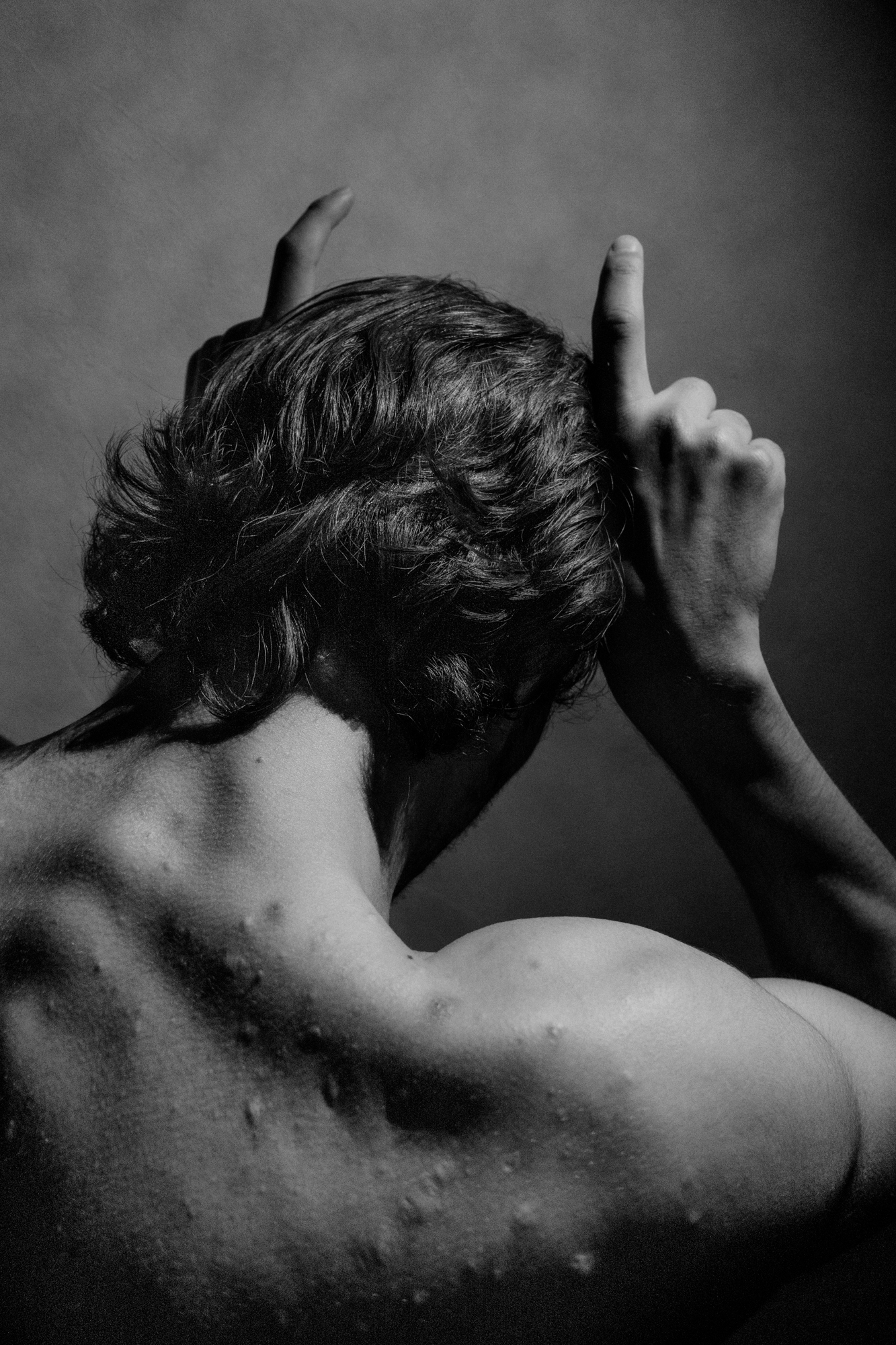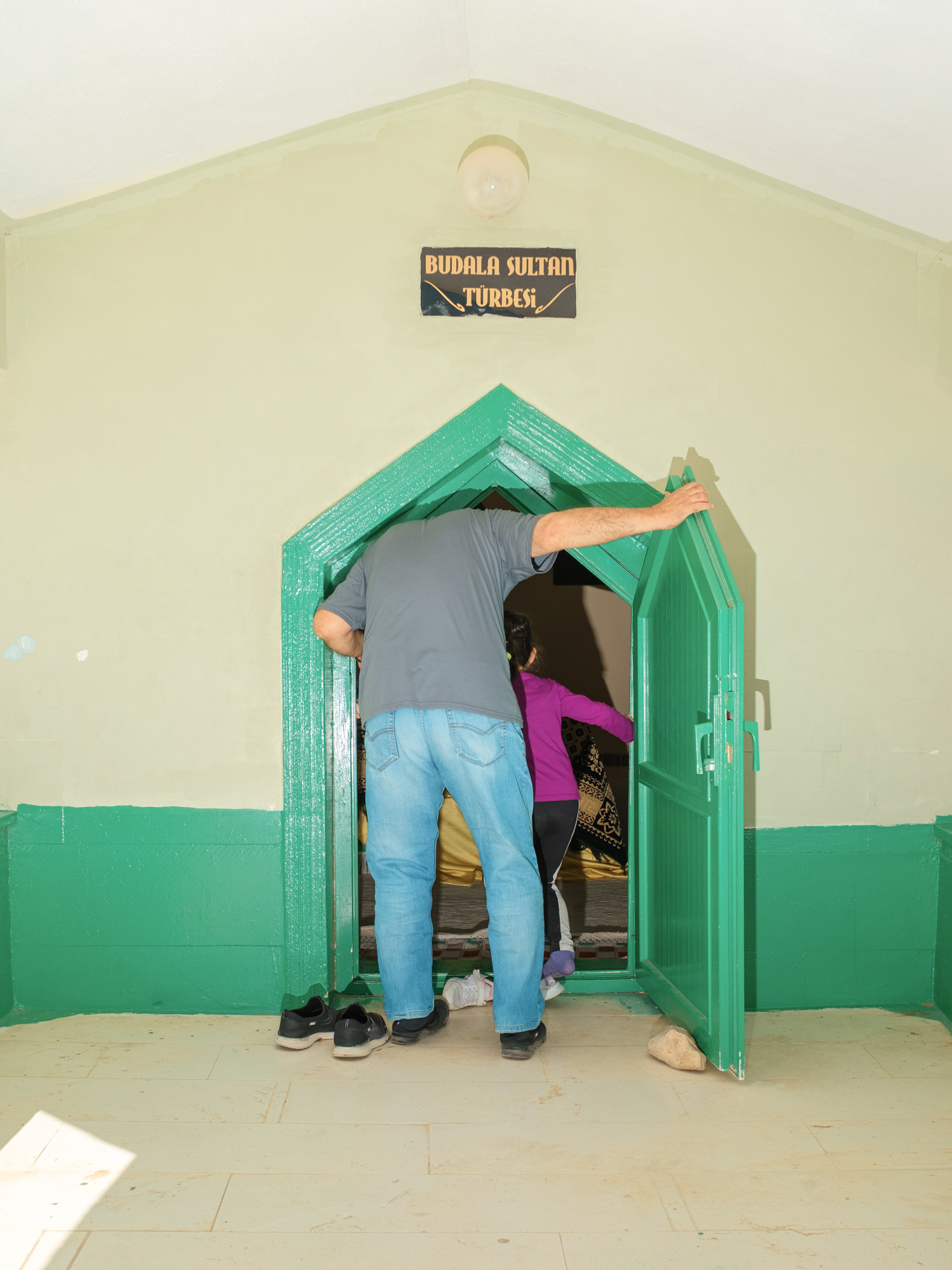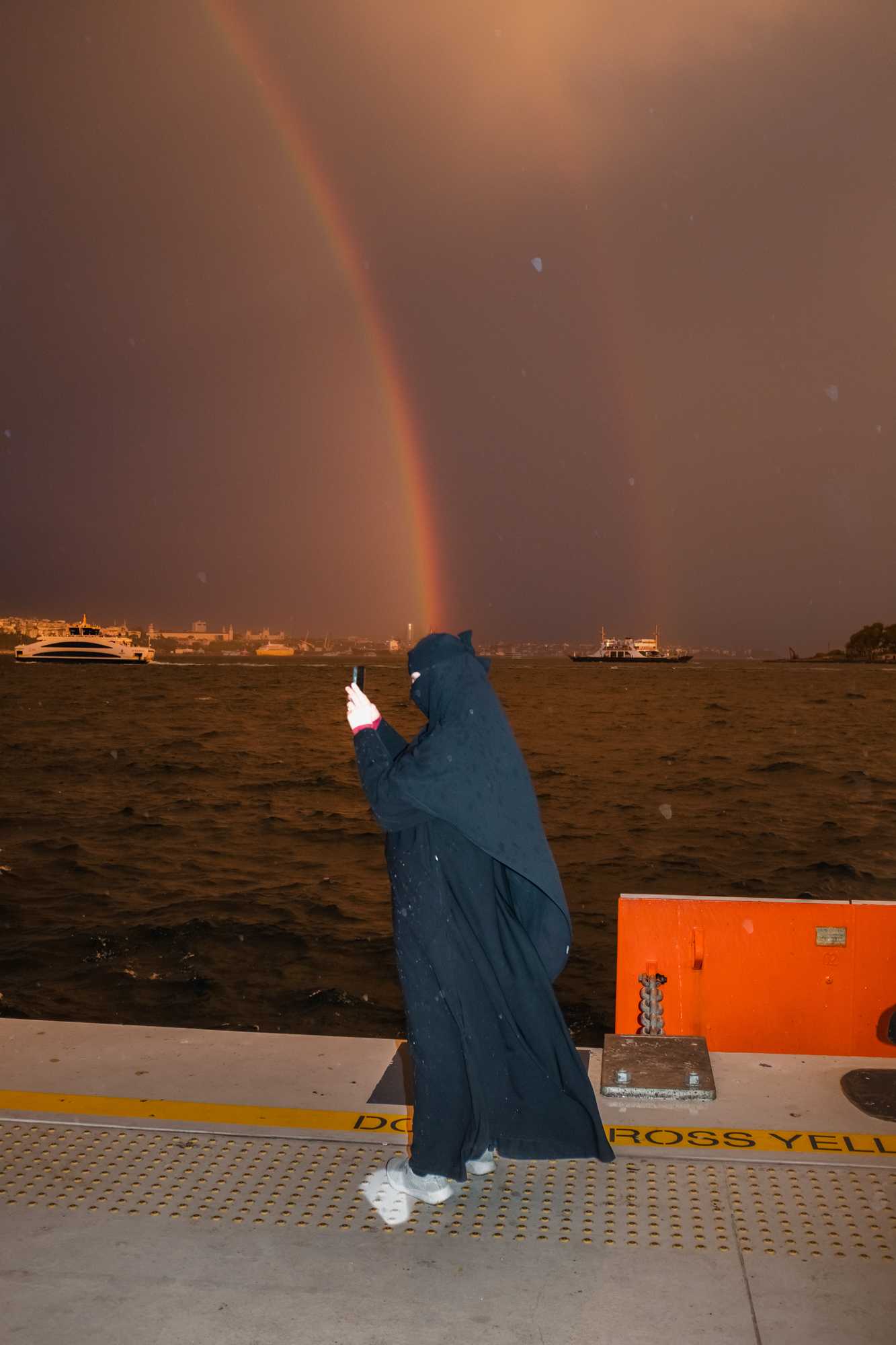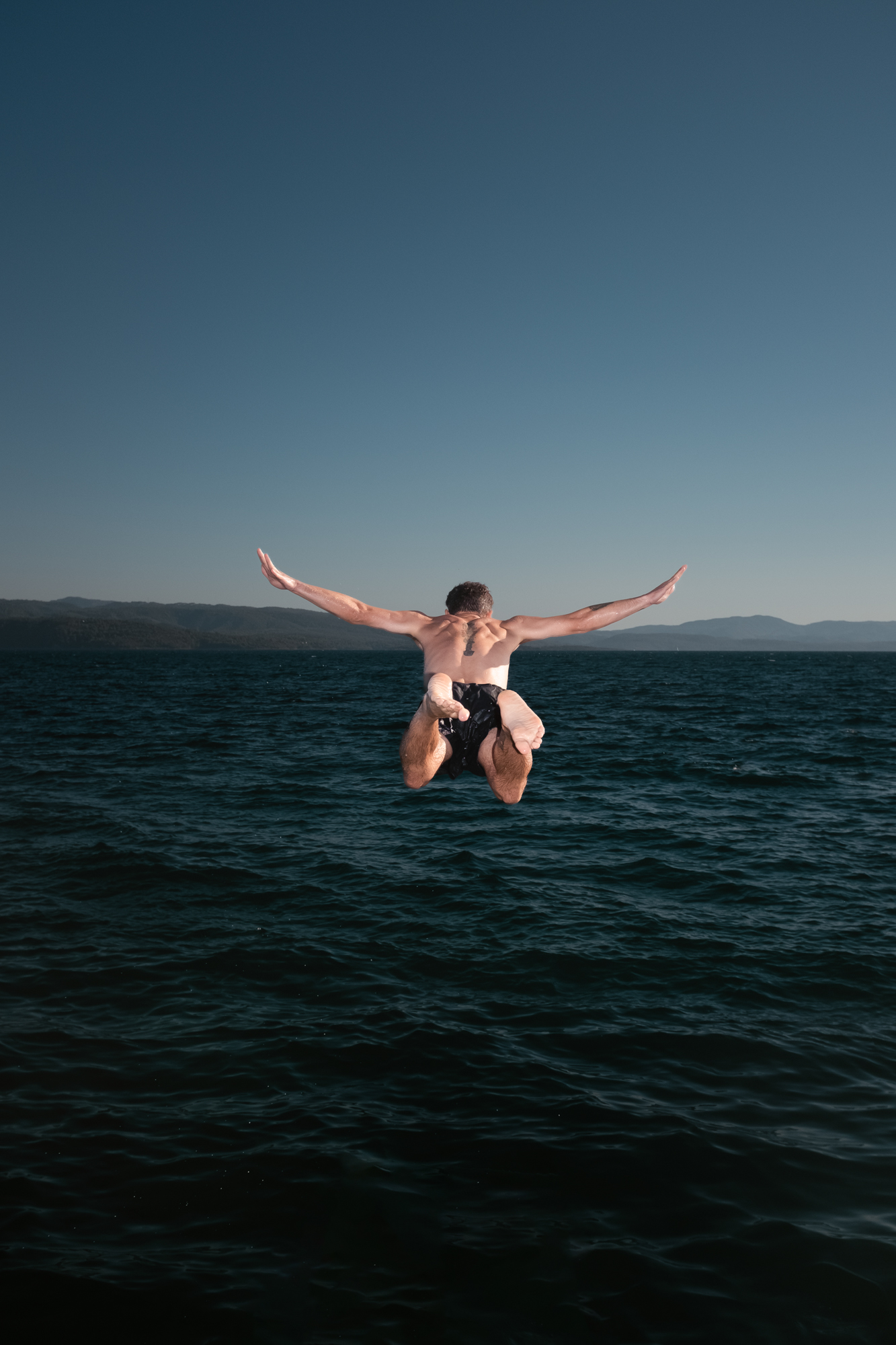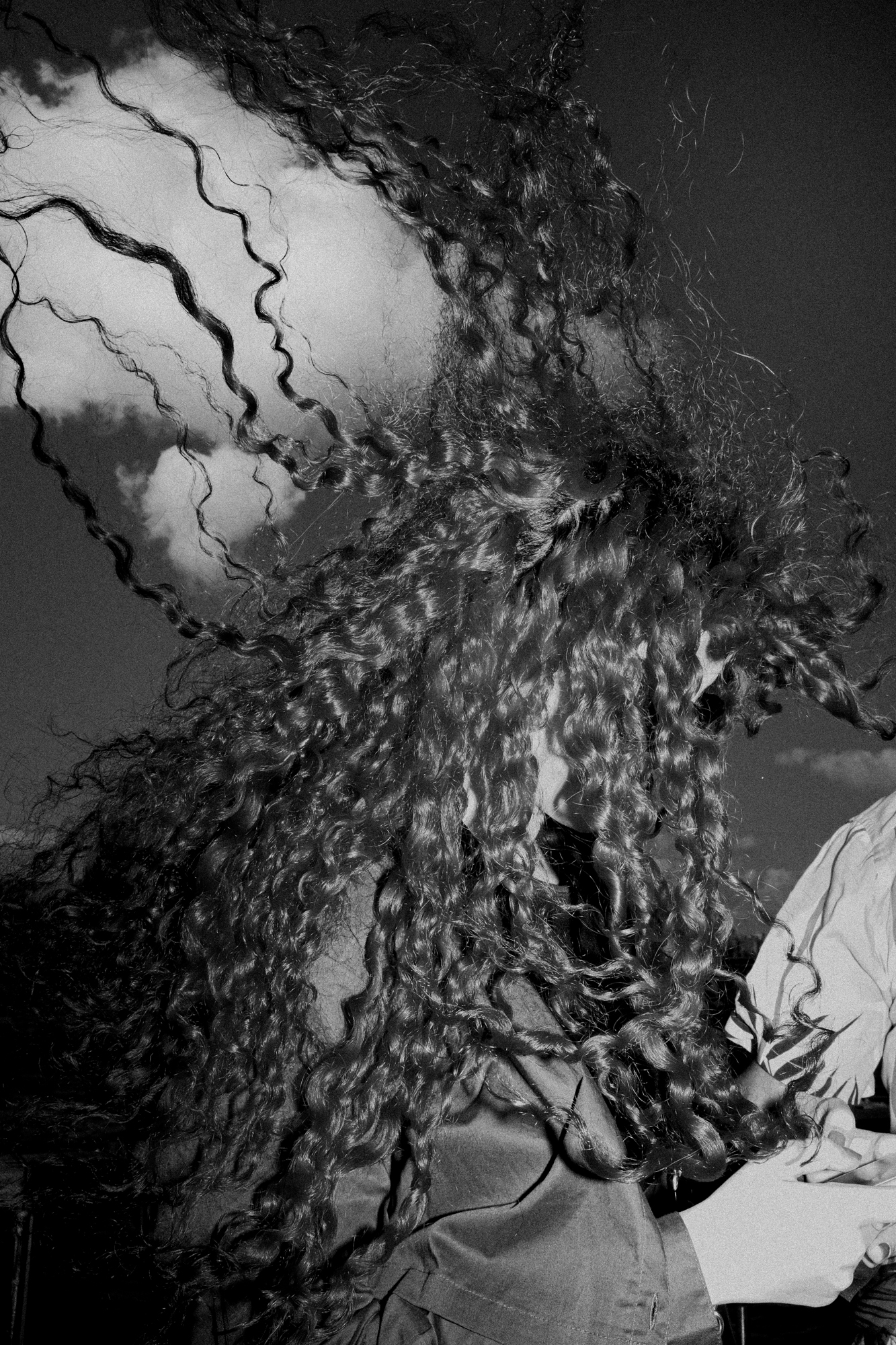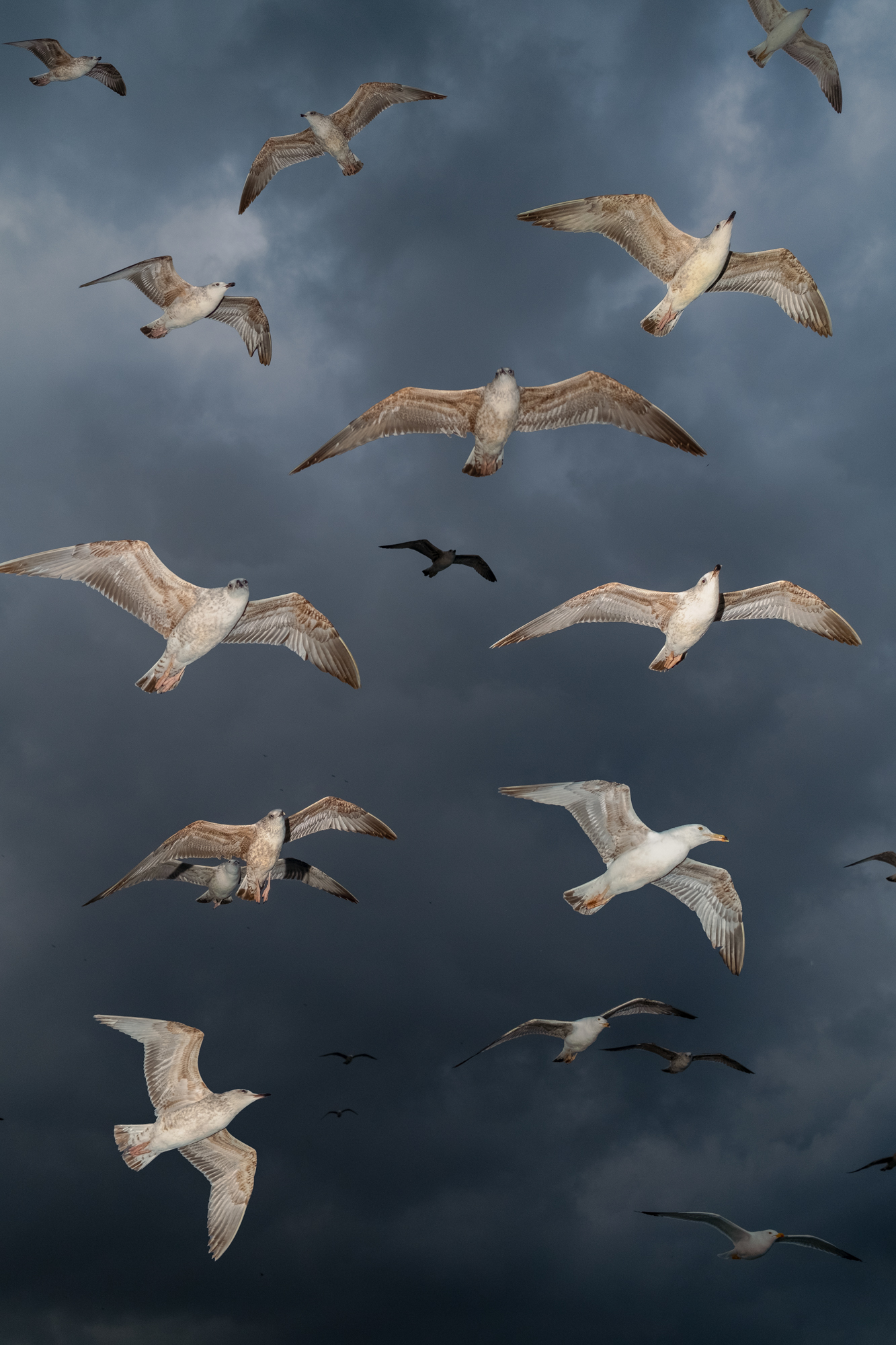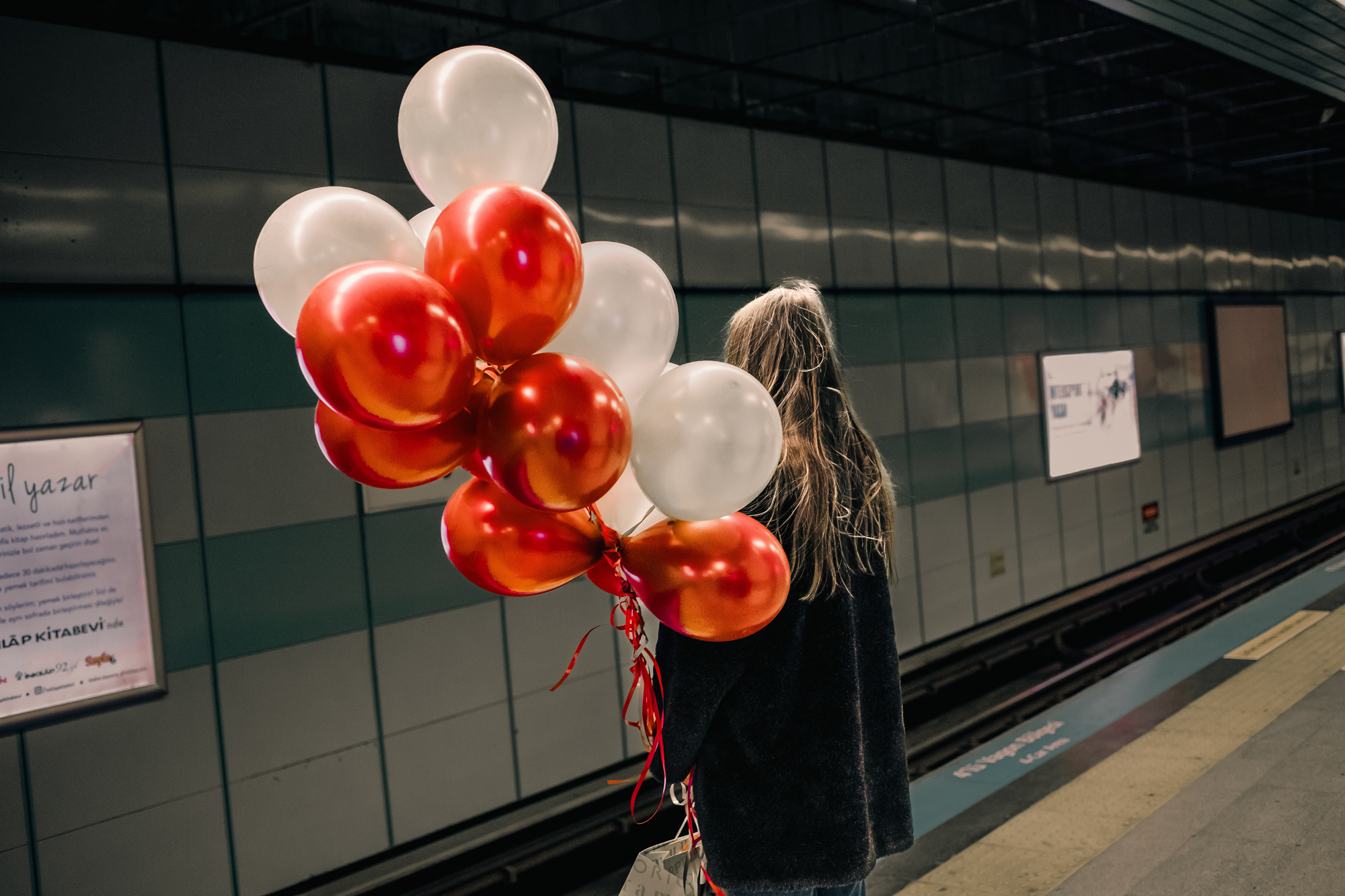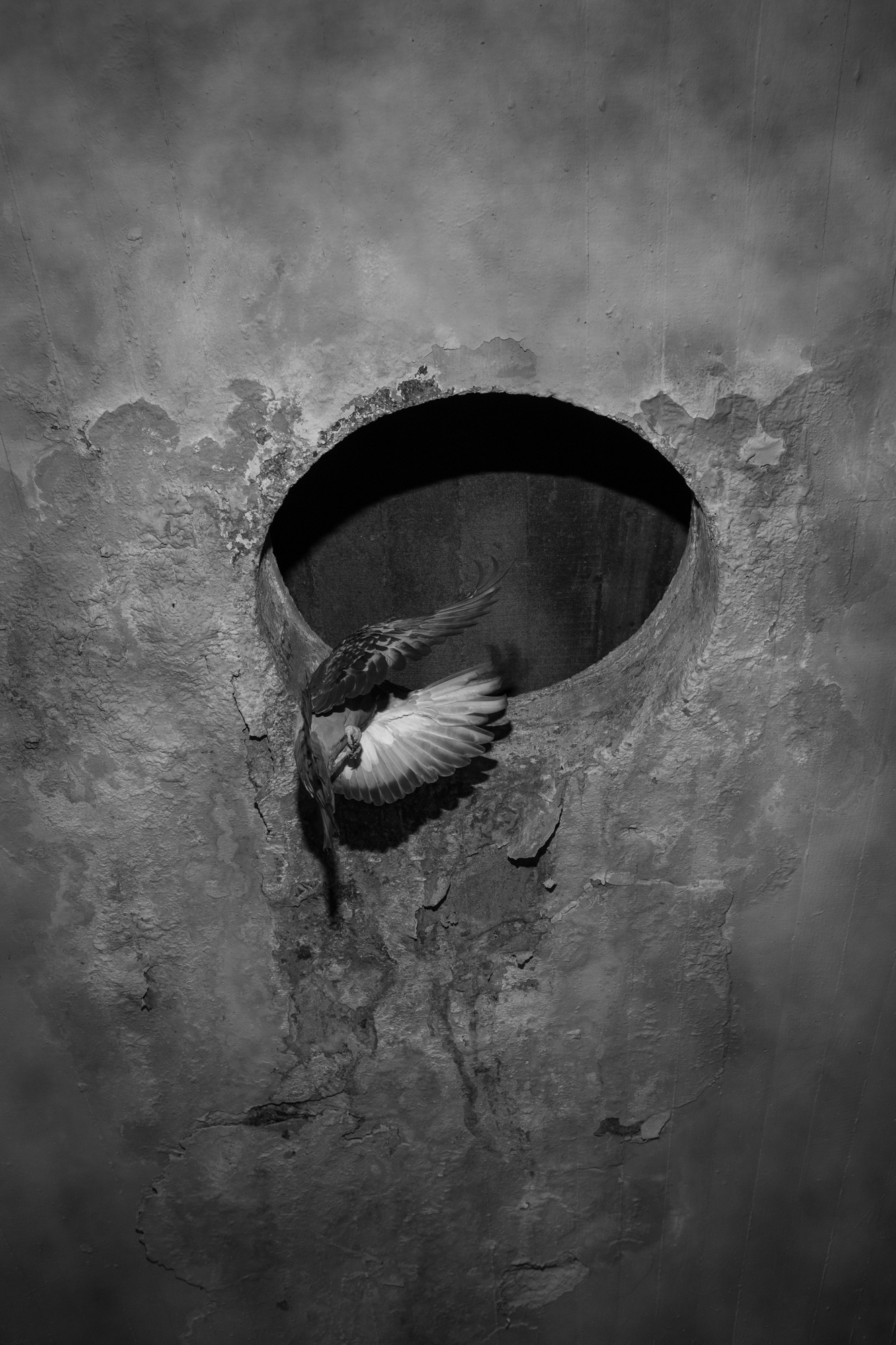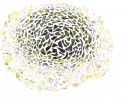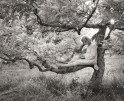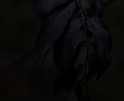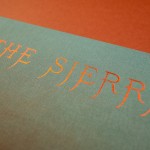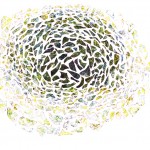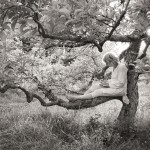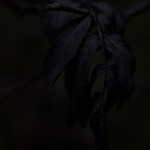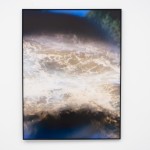Artists of Türkiye: Erdem Varol
This week artist and curator Mehves Lelic shares the work of five artists making work in Türkiye (Turkey). She shares her thoughts on the country and about what drew her to the work she is featuring:
Türkiye is often characterized as a melting pot, a meeting point, or a mosaic – metaphors that belie the country’s complicated past and complex transition from empire to republic, and the simultaneous, polarizing forces it contends with: heritage and modernity, isolation and globalization, idealism and conservative dogma, and a young population in an aging, warming world. The geography, and the nation(s) that were founded on it, have always been multicultural and pluralistic, and have resisted forced homogeneity. I am always amazed by the work of my fellow lens-based artists in Türkiye who movingly navigate and articulate all this through their practice, and whose individual stories and visual language(s) unlock so much meaning about their chosen subjects, whether or not they engage with some or all of these questions.
I met Erdem Varol in 2016 through the forward-thinking gallerist Sennur Cevik Onan, who ran the Photographers’ Gallery Istanbul in Taksim and supported emerging photographic artists. Many of us showing work there were navigating how to live as artists at this time, and the exhibitions Onan put on gave us a sense of community. I remember seeing Varol’s black-and-white prints there for the first time. They were so memorable, especially in numbers: high-contrast, high-density, sometimes grainy. The monochrome created a stylistic pattern, to which his unusual vantage points, put together and viewed in quick succession or as part of a grid, were outliers. Airplane window, a car’s undercarriage, backside of a monument. Erdem Varol was charting a biogeography, where the growing, evolving Istanbul was greater than the sum of its parts.
Varol’s visual language is interesting to triangulate because he makes so many unusual choices. His compositions are busy, even when he is looking at a singular, static subject. His storytelling is brisk. His histograms probably resemble the world’s most terrifying ridge, or maybe a scary EKG. Despite the plethora of such pronounced aesthetic choices, what is most unique to his images is how he, in conjunction to these choices, uses the flash. Flash was invented to illuminate the subject by solving exposure challenges. The end goal, at least initially, was to bring the subject’s photographic depiction to an acceptable legible quality that would make its photographing worthy, and further the medium’s dangerous obsession with conquering a false dichotomy of darkness. Over the lifetime of flash technology, artists have used the flash in ways that range from innovative to problematic (for a great example of the discoursing former, see Nasashibi/Skaer’s 2006 film Flash in the Metropolitan, made inside the Metropolitan Museum of Art New York).
Varol’s work sometimes denies the viewer a glimpse into what may be concealed by darkness, and instead shows the casual simultaneity of the unlikely things he pictures together. One great photograph pictures a beautifully-lit cityscape out of the window of a drably-painted room, the grayness accentuated by his direct flash but also the interior’s contrast with the unmistakable golden hour. This accomplishes the abrupt transitions between bold colors and forms, and it is the flash that makes the image more intense so it may reflect the lived experience. In monochrome, the flash serves to equip the subject with a new kind of formal intrigue – rather than recording the subject in a way that is somewhat reflective of its true form, he presents it in a never-seen-before way: 40 seagulls take flight against a dark sky, a new urban development partly obscured by a face.
Cumulatively, Varol’s work is a testament to the simultaneity of it all – solemn facades and hyperbolic oddities bookend a practice that is dedicated to observing the intensity and flow of life around the maker. Some of the images reflect the suffocating nature of big city life, and, more importantly, the trials and tribulations of Türkiye and its people, while others deliver an exuberance that is hard to come by. The viewer is left to wonder what precise role Varol’s only slightly out-of-the-ordinary subjects play in a long, tumultuous, yet witty tale. – Mehves Lelic
Erdem Varol (b. 1988, Istanbul) makes the kind of photographs that stop you in your tracks, rather than the quiet, brooding, permeating kind. His complex, arresting compositions and provocative color work do not let you look away. Over the past decade or so, he has traversed Istanbul and beyond, recording, observing, and rendering what can be described as dignified grit – in the cacophony of the endless gray cement blocks, wires and street signs, colors, and textures are heroes’ journeys and swan songs. A significant body of his work pictures daily (and nightly) life in Istanbul, a city that has played a generous yet unwieldy main character for so many other lens-based artists since the invention of the photographic medium. Yet, Varol’s work accomplishes something that no other photograph can, at least for me as a fellow Istanbulite: it evokes the sentiment of agitatedly moving through rush hour during the most beautiful, fiery, showstopping sunset of the year. His photographs simultaneously hold conventional beauty and unconventional grace, whether he is looking at Kagithane, the industrial neighborhood that he grew up in and knows intimately, or the crowds around the Blue Mosque, one of the city’s most-seen, most-photographed spots.
Instagram: @erdemvaroll/
Mehves Lelic is an Istanbul-born artist, curator and educator based on the Eastern Shore of Maryland. In her work she ponders modernity and heritage, belonging, and the resulting relationship with the environment. She is an Assistant Professor of Art and Art History and the Director of Mosely Gallery at the University of Maryland Eastern Shore. She holds an MFA from Bard College and a BA from the University of Chicago.
Lelic’s photographic work has been exhibited internationally in venues such as the Virginia Museum of Contemporary Art, Rotterdam Photo Festival, PhotoNOLA, Filter Photo Chicago, the Ogden Museum, Institute of Contemporary Art Baltimore, Cosmos Arles France, the Photographers’ Gallery Istanbul, and others. Her work has been published in the National Geographic, GEO Magazine, Ain’t Bad, Lenscratch, C41, Aesthetica and Der Greif. She has been awarded the National Geographic Expeditions Council Grant, the City of Chicago Individual Artists’ Award, the Turkish Cultural Foundation Cultural Exchange Fellowship, the Association of Art Museum Curators (AAMC) Conference Fellowship, and the ArtTable Faith Flanagan Fellowship.
Lelic previously served as Curator and the Head of the Curatorial Department at the Academy Art Museum in Easton, Maryland and has curated and organized over 20 exhibitions, including Spatial Reckoning: Morandi, Picasso, and Villon (2023); Laura Letinsky: No More Than It Should Be (2023); Marty Two Bulls, Jr.: Dominion (2023); In Praise of Shadows: Jun’ichiro Tanizaki and Modern and Contemporary Works (2023); Mary Cassatt: Labor and Leisure (2023); Fickle Mirror: Dialogues in Self-Portraiture (2022); Jackie Milad: Vestige (2022); Norma Morgan: Enchanted World (2022); The Movable Image: Video Art by Collis/Donadio, Shala Miller, and Rachel Schmidt (2022); Hoesy Corona: Terrestrial Caravan (2022); and On Water (2019).
Instagram: @mehveslelic/
Posts on Lenscratch may not be reproduced without the permission of the Lenscratch staff and the photographer.
Recommended
-
Aaron Rothman: The SierraDecember 18th, 2025
-
The Female Gaze: Alysia Macaulay – Forms Uniquely Her OwnDecember 17th, 2025
-
Ellen Harasimowicz and Linda Hoffman: In the OrchardDecember 5th, 2025
-
Elisabeth Nordeng Aanes: Ashes to AshesDecember 3rd, 2025
-
Jackie Mulder: Thought TrailsNovember 18th, 2025

